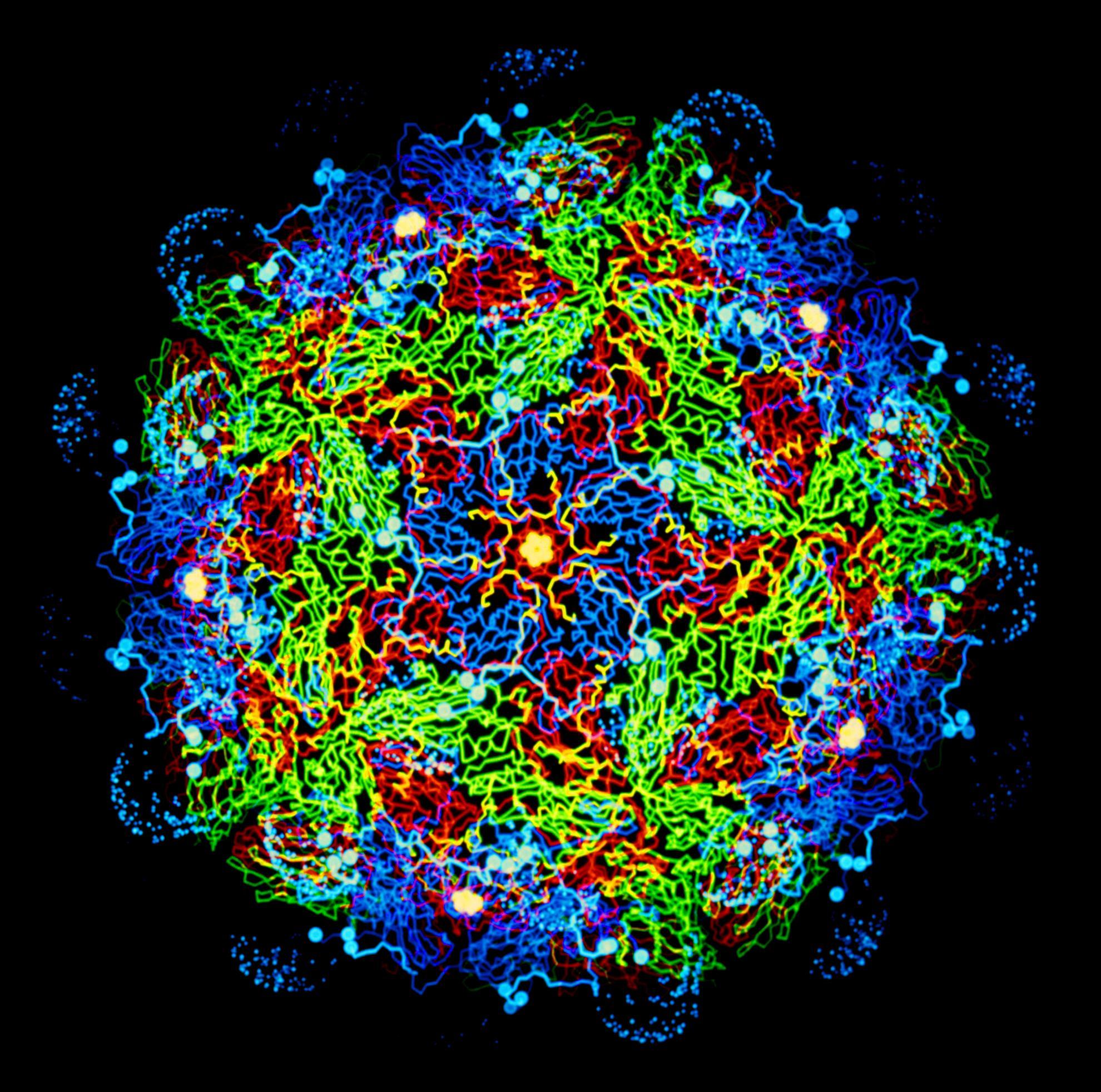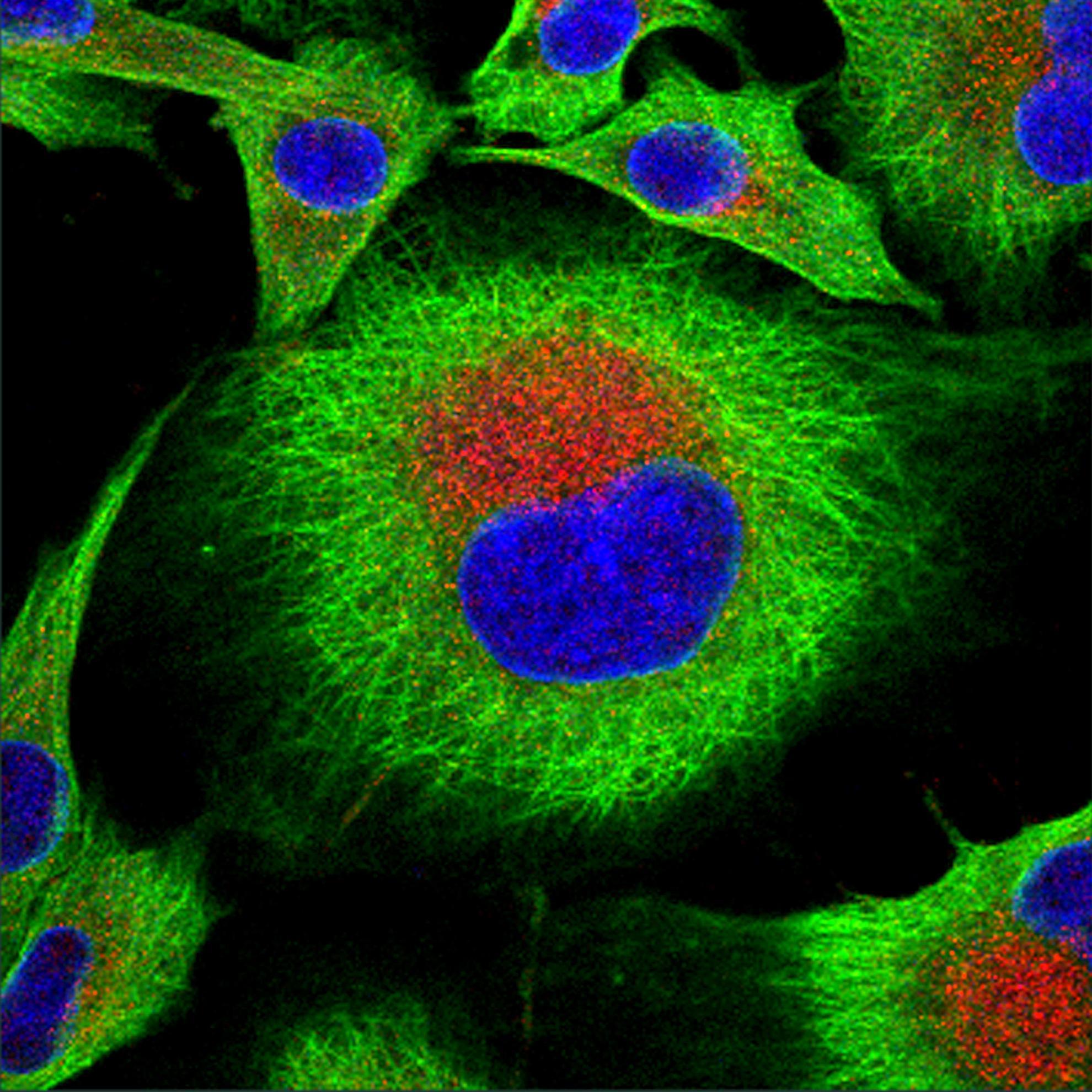Endemic persistence of a highly contagious pathogen: foot-and-mouth disease in its wildlife host
Extremely contagious pathogens are a global biosecurity threat because of their high burden of morbidity and mortality, as well as their capacity for fast-moving epidemics that are difficult to quell. Understanding the mechanisms enabling persistence of highly transmissible pathogens in host populations is thus a central problem in disease ecology. Through a combination of experimental and theoretical approaches, we investigated how highly contagious foot-and-mouth disease viruses persist in the African buffalo, which serves as their wildlife reservoir. We found that viral persistence through transmission among acutely infected hosts alone is unlikely. However, the inclusion of occasional transmission from persistently infected carriers reliably rescues the most infectious viral strain from fade-out. Additional mechanisms such as antigenic shift, loss of immunity, or spillover among host populations may be required for persistence of less transmissible strains.


